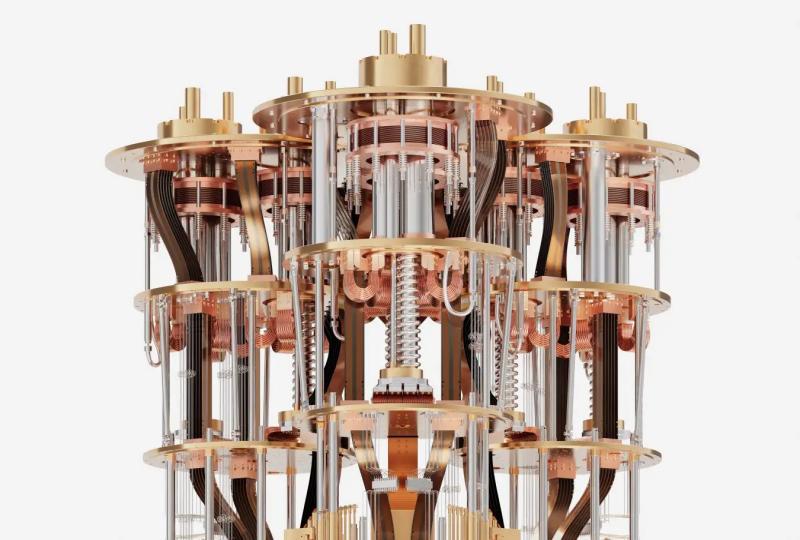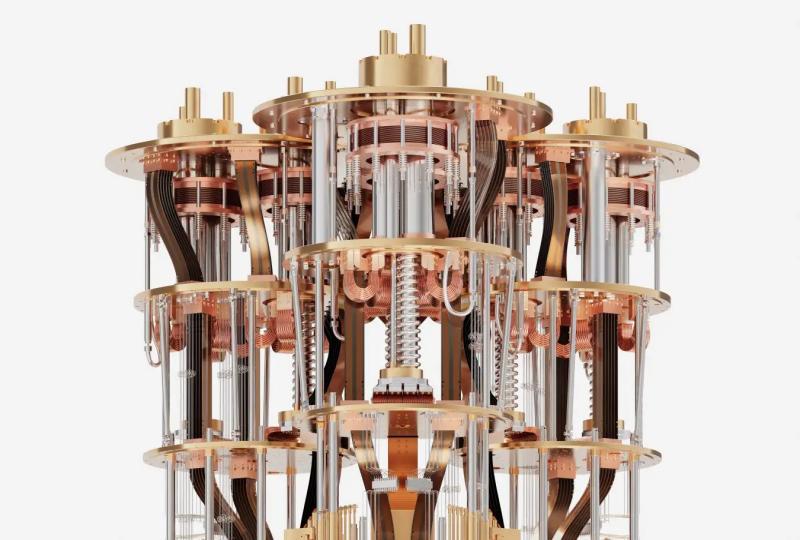Quantum Design: Crafting the Blueprint for Next-Generation Technologies
2025.08.28 · Blog Quantum Design
Quantum design integrates the principles of quantum mechanics into the architecture, control, and optimization of devices that harness quantum phenomena. From qubit layout to pulse engineering, thoughtful design underpins the performance and scalability of quantum systems. This article explores the core aspects of quantum design, key methodologies, and practical considerations for realizing robust quantum technologies.
Principles of Quantum Device Architecture
Designing a quantum device begins with selecting the appropriate physical platform—superconducting circuits, trapped ions, photonic modules, or spin defects. Each platform imposes unique constraints on device geometry, material choice, and wiring topology. For instance, superconducting qubit chips require careful microwave routing to minimize crosstalk and preserve coherence, as detailed in the Quantum Hardware Guide.
Qubit and Qudit Layout Strategies
Efficient layout of qubits (or qudits) balances connectivity, error suppression, and fabrication yield:
-
Nearest-Neighbor Coupling simplifies control electronics but limits gate scheduling
-
All-to-All Connectivity via bus resonators or photonic interconnects enhances algorithm mapping at the cost of complexity
-
Modular Architectures link smaller quantum modules through optical fibers or waveguides, offering near-term scalability without monolithic fabrication challenges
A comprehensive comparison of these strategies is available in our Modular Quantum Systems Report.
Pulse Engineering and Quantum Control
Precise control pulses drive quantum gates, requiring optimization to maximize fidelity while minimizing leakage and decoherence. Techniques include:
-
GRAPE (Gradient Ascent Pulse Engineering) for high-fidelity pulse shapes
-
DRAG (Derivative Removal by Adiabatic Gate) to suppress leakage in superconducting qubits
-
Optimal Control Theory applied to multi-level qudits for reduced operation time
For implementation examples, refer to the open-source repository on Quantum Pulse Library.
Error Mitigation Through Design
While active quantum error correction combats errors at the logical level, error mitigation leverages design choices to passively reduce noise:
-
Symmetric Device Layout ensures uniform coupling strengths and minimizes bias
-
Material Selection (e.g., high-purity silicon substrates or low-loss sapphire) reduces dielectric losses
-
Thermal Management with optimized cryogenic packaging to stabilize device temperature
Learn more about passive techniques in the white paper “Designing for Decoherence Suppression” on the Quantum Research Portal.
Simulation and Modeling Tools
Before fabrication, designers validate architectures with simulation tools that model:
-
Electromagnetic Fields in 3D cavities using finite-element analysis
-
Quantum Dynamics via master-equation solvers for open quantum systems
-
Cryogenic Thermal Profiles to predict temperature gradients in dilution refrigerators
Popular software suites include Qiskit Metal and the commercial package discussed in the Quantum Simulation Workshop.
Scaling Up: From Chip to System
Transitioning from single-chip prototypes to full-scale quantum processors requires holistic design:
-
Interposer Design for multilayer routing of control lines
-
Photonics Integration for cryogenic-compatible optical interconnects
-
System-Level Co-Design aligning hardware capabilities with quantum compiler frameworks
A case study on large-scale integration is presented in the journal article “System Co-Design for Quantum Supremacy” in Nature Electronics.
By intertwining hardware architecture, control theory, and material science, quantum design lays the foundation for reliable and scalable quantum technologies. As the field progresses, collaborative frameworks, open-source tools, and rigorous modeling will continue to drive innovation from conceptual blueprints to operational quantum systems.
Featured Content






